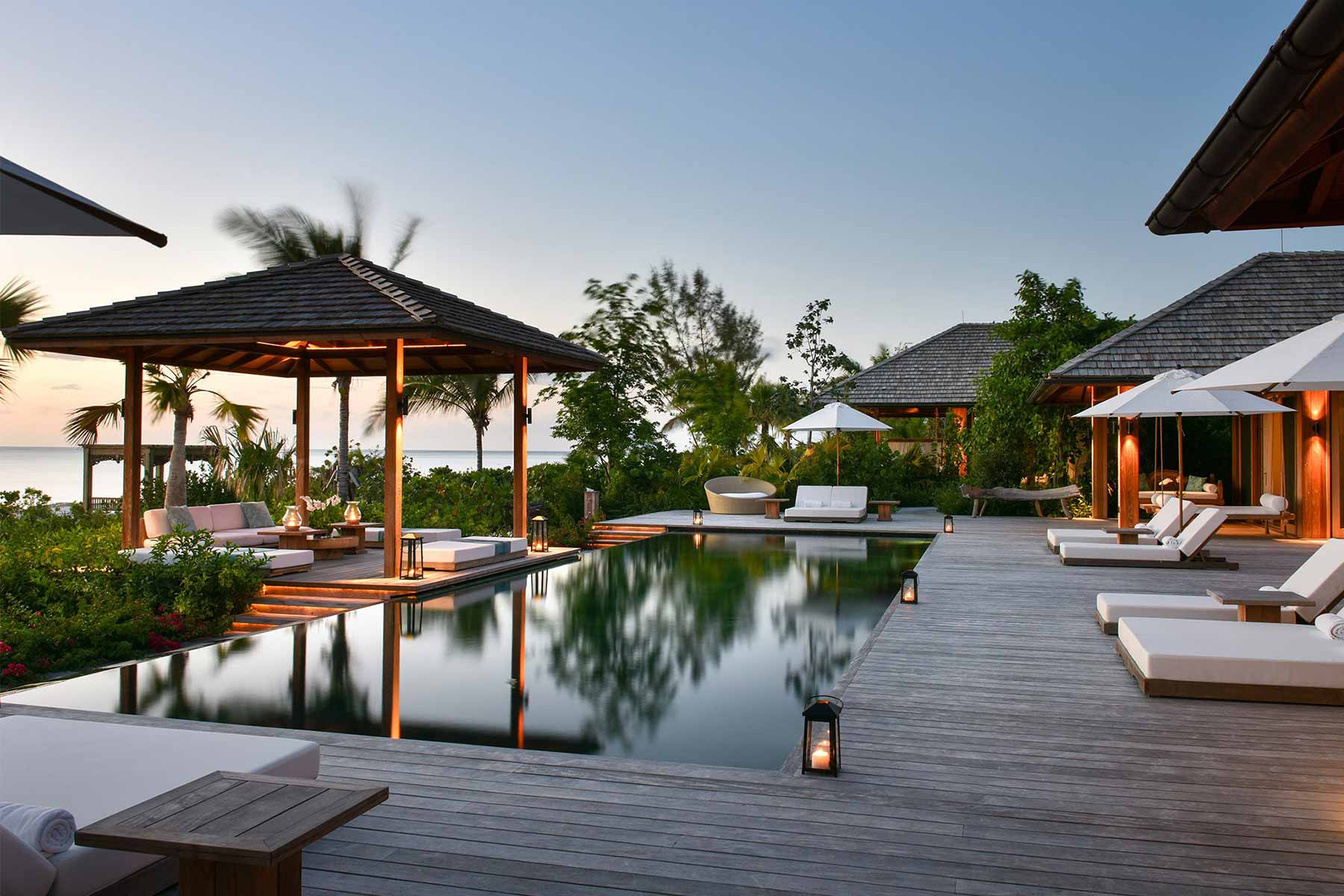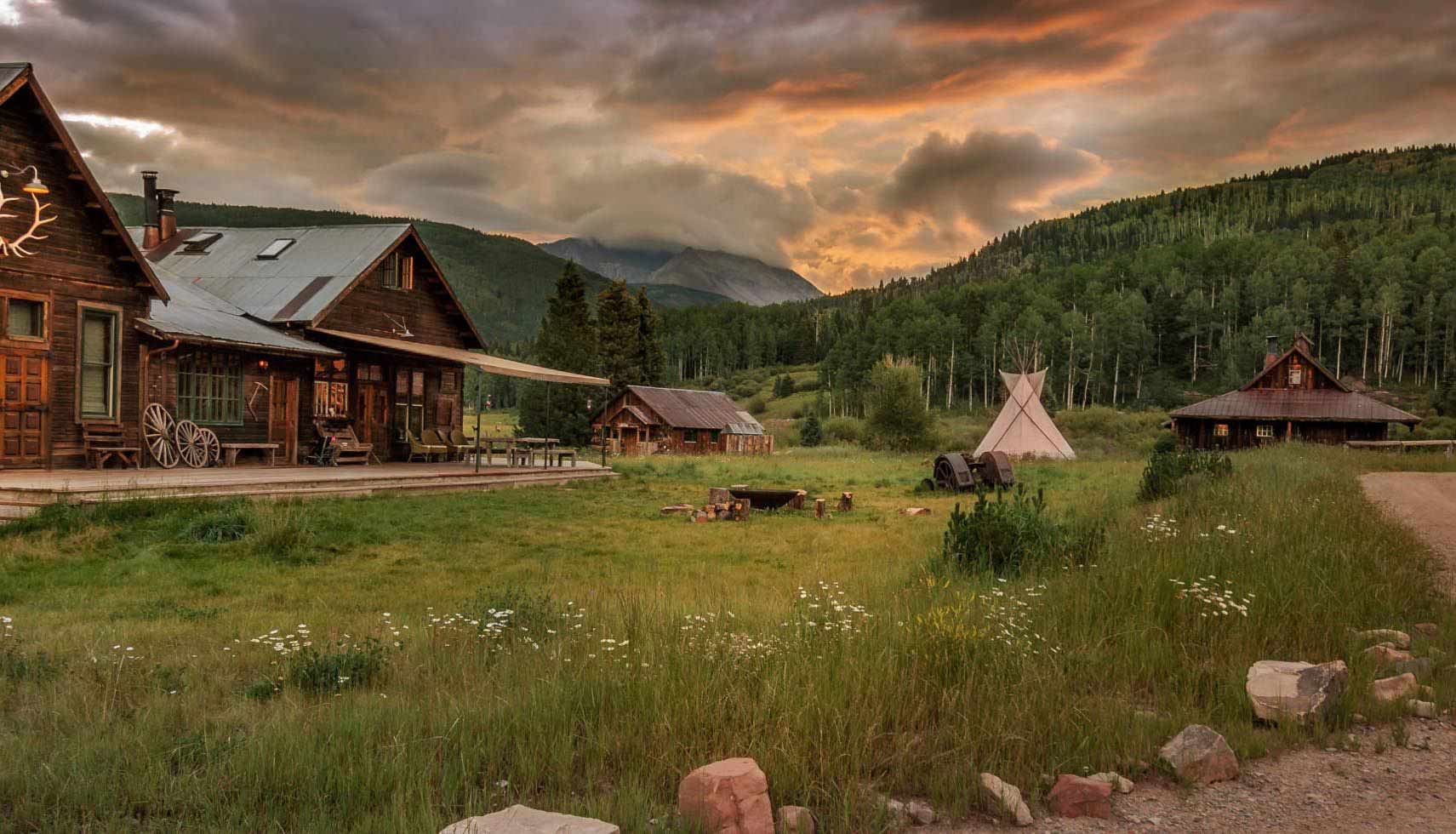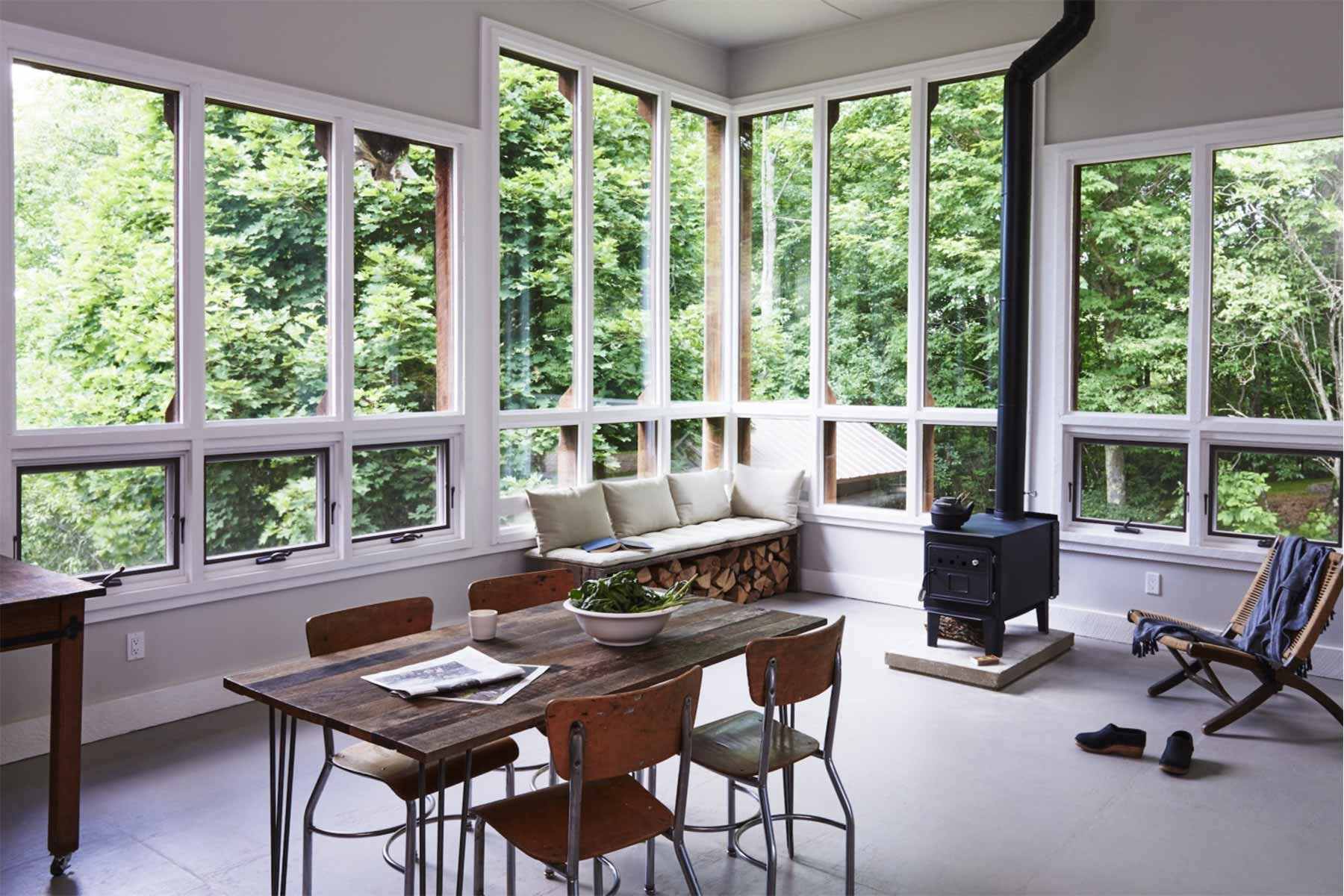For many, traveling for pleasure is finally beginning to enter the realm of possibility. In a nationwide survey by Overseas Leisure Group, 72% of Americans are already making plans for their next vacation, and 35% of travelers plan to vacation this summer. More and more destinations are lifting their stay-at-home orders and quarantines, which means that a head-clearing getaway should be in the cards for those who do their homework beforehand and commit to being safe and smart. While it might be too soon for an around-the-globe adventure, we’ve rounded up the latest travel developments that offer safe ways to decompress and take in a new view this summer.
Corona Corridors

Tulum, Quintana Roo, Mexico. Although land borders are closed between the U.S. and Mexico, American travelers are allowed to arrive by plane. Photo: Tanja Cotoaga.
Corona corridors are the new trend poised to jumpstart summer tourism. Countries with geographical proximity and similar success rates in fighting COVID-19 are joining forces and waiving travel restrictions—including the 14-day quarantine. So far, these travel bubbles are mostly in Europe and include alliances between the Czech Republic, Slovakia and Croatia; Greece, Cyprus and Israel; Denmark and Norway; and Estonia, Latvia and Lithuania. While many European countries are opening up to each other, U.S. residents won’t be allowed to visit most European countries for some time. For U.S. passport holders interested in venturing farther afield this summer, there are some options, including several Caribbean countries, Mexican states, the Balkans, and Tanzania. For instance, although land borders are closed between the U.S. and Mexico, American travelers are allowed to arrive by plane, but restrictions may vary by state (Quintana Roo ☝️ is open).

COMO Parrot Cay, Turks and Caicos. The Caribbean nation opens its borders to Americans on July 22nd.
Having contained the coronavirus so far, several Caribbean island nations are establishing corona corridors exclusively for Americans. It’s currently hurricane season, which doesn’t make for the most ideal timing—but a long weekend in Antigua or St. Lucia might be fun, relatively risk-averse, and a smart way to soak up some sun while using up your points before they expire. The US Virgin Islands reopened to non-essential travel on June 1st. St. Lucia and Antigua reopened on June 4th, with daily American Airlines flights from Miami to St. John’s. New York flights via JetBlue are expected to resume by July. Bahamas is targeting to reopen its borders by July 1st while Turks and Caicos will welcome American tourists starting July 22nd.
Most Caribbean nations will require US travelers to complete a Health Declaration Form and a Traveler Accommodation Form (to assist with contact tracing if necessary). Health screenings including temperature checks upon arrival and a rapid antigen test will also take place upon arrival at the airport. Travelers will also have the option of submitting certified proof of a negative COVID-19 test within 48 hours of boarding their flights. Visitors will need to wear masks in public spaces and maintain standard social distancing protocols.
In the United States, Alaska and Hawaii are requiring a mandatory 14-day quarantine for all visitors until June 30. So unless you’re going for a month or two, it is likely not worth the trip.
The New Clean

Dunton Hot Springs, San Juan Mountains, Colorado. Upon your arrival, hotel staff will wipe down your luggage with disinfectant wipes prior to cabin drop-off.
Airlines are stepping up disinfection practices to help keep customers safe before and during flights. Many airlines have revised onboard services, limiting crew contact in the cabin, requesting or requiring that passengers wear masks throughout their trip, and only offering sealed beverages and refreshments. If they’re offered, pillows and blankets will typically be disinfected and sealed before they’re set on seats, and physical in-flight publications are being replaced with digital offerings. In addition to implementing touch-less kiosks, United has teamed up with Clorox to take aircraft sanitation to the next level. And not to be one-upped, Delta is extending its seat cap to September 30 while offering “customer care kits” that include Purell hand sanitizer disposable pouches and face masks. The airline will limit the number of travelers on its planes at 60% of economy seats, 50% of first class seats and 75% of Delta One suites. United and American are also limiting the number of passengers on all flights, though this practice will vary from one aircraft to the next, and may not result in all middle seats being unoccupied. On flights where at least 70% of passengers have checked in, customers will have the option to move to another flight free of charge. JetBlue will continue to block middle seats through July 6th.
Hotels are also implementing major changes in their cleaning protocols. Prior to your visit, check the property’s website to learn about their new disinfection practices. If you cannot find any information, consider it a red flag and book elsewhere. Hilton has teamed up with Lysol and the Mayo Clinic to create a “sanitation regime” where housekeeping staff will clean guest-rooms with an extra level of focus on 10 “high-touch, deep clean” areas like light switches, door handles, and television remotes, while Marriott is using electrostatic spraying technology to kill germs in rooms. Not to be outdone, the Westin Houston Medical Center is differentiating itself by deploying a fleet of germ-zapping robots to disinfect guest rooms and communal areas. Meanwhile, Dunton Hot Springs in Dolores, Colorado has taken a more hands-on approach with a commitment to wiping down all your suitcases with disinfectant wipes prior to cabin drop-off. Many hotels have removed mini-bars and replaced them with contactless bodegas at the lobby, and some are applying a seal on guest room doors to indicate they haven’t been accessed since they were last cleaned. Hyatt Hotels will be appointing Hygiene Managers by September 2020 at each of their 900+ properties.
Before your hotel visit, check to see if you can download their app, as many properties are now offering “digital keys” which allow you to check in and out and pay your bill via your phone. Hilton has introduced contactless check-in and check-outs at more than 4,700 hotels, including the Waldorf Astoria and Conrad Hotels & Resorts. Many resorts are also increasing the frequency of airport transfers to reduce the number of passengers in each vehicle.
The Great Outdoors

Table on Ten's Studio on the Hill, Catskill Mountains. This former artist’s studio, is located on a twenty-three-acre hillside overlooking the Catskill Mountains. Photo: Paola & Murray, courtesy of Inez Valks.
If you spent quarantine in an urban environment, you’re likely aching to hug a tree—or at least take in a view that doesn’t include a desolate city street. That's why it comes as no surprise that the The National Parks are poised to become top destinations this summer. American and United each announced schedules to places in the United States where national parks are finally reopening after months of restrictions. Parks are currently reopening on a park-by-park basis. Acting National Parks Service director David Vela told regional directors and park superintendents that reopenings would happen for each park based on local conditions: “Decisions on a phased recovery of operations will be made in each park or support office based on what is occurring in the respective state and local community.” In California, Yosemite takes its first step toward reopening on June 5th, when people with existing wilderness or Half Dome permits will be permitted to enter. Glacier National Park announced a reopening plan last week and will increase recreational access starting June 8. Some parks, including The Rocky Mountain National Park, have instituted a timed entry permit system that would limit the number of visitors to 60 percent of the park’s maximum parking capacity. Everglades National Park opened boat ramps and some facilities including campgrounds in May. If camping is in the cards, we recommend finding a site via Hipcamp and The Dyrt—many options have running water, showers, and campfire setups. If you prefer taking in nature from a lodge, the Oasis at Death Valley and the Signal Mountain Lodge in Grand Teton National Park have started taking reservations for June.
As working from home becomes working from any home, off-the-beaten path vacation rental demand is surging on sites like Airbnb and Vrbo. Using the names of mountain ranges and valleys as search terms, we discovered dreamy spaces like Table on Ten Studio in the Catskill Mountains, Sleepy Gap Cottage by the Great Smoky Mountains located 20 minutes outside of Asheville, North Carolina, and Whisper Rock Ranch and Rock Reach House in Yucca Valley, California. Airbnb recently launched an enhanced opt-in cleaning initiative which will require hosts to use a list of approved cleaning products and agree to a minimum 24-hour vacancy between bookings. Hosts who have opted in are highlighted on the site, which makes it easy to prioritize your search to find a temporary abode that's both airy and safe.
Cover photo: Turks and Caicos. Photo: Chris Ramirez.









